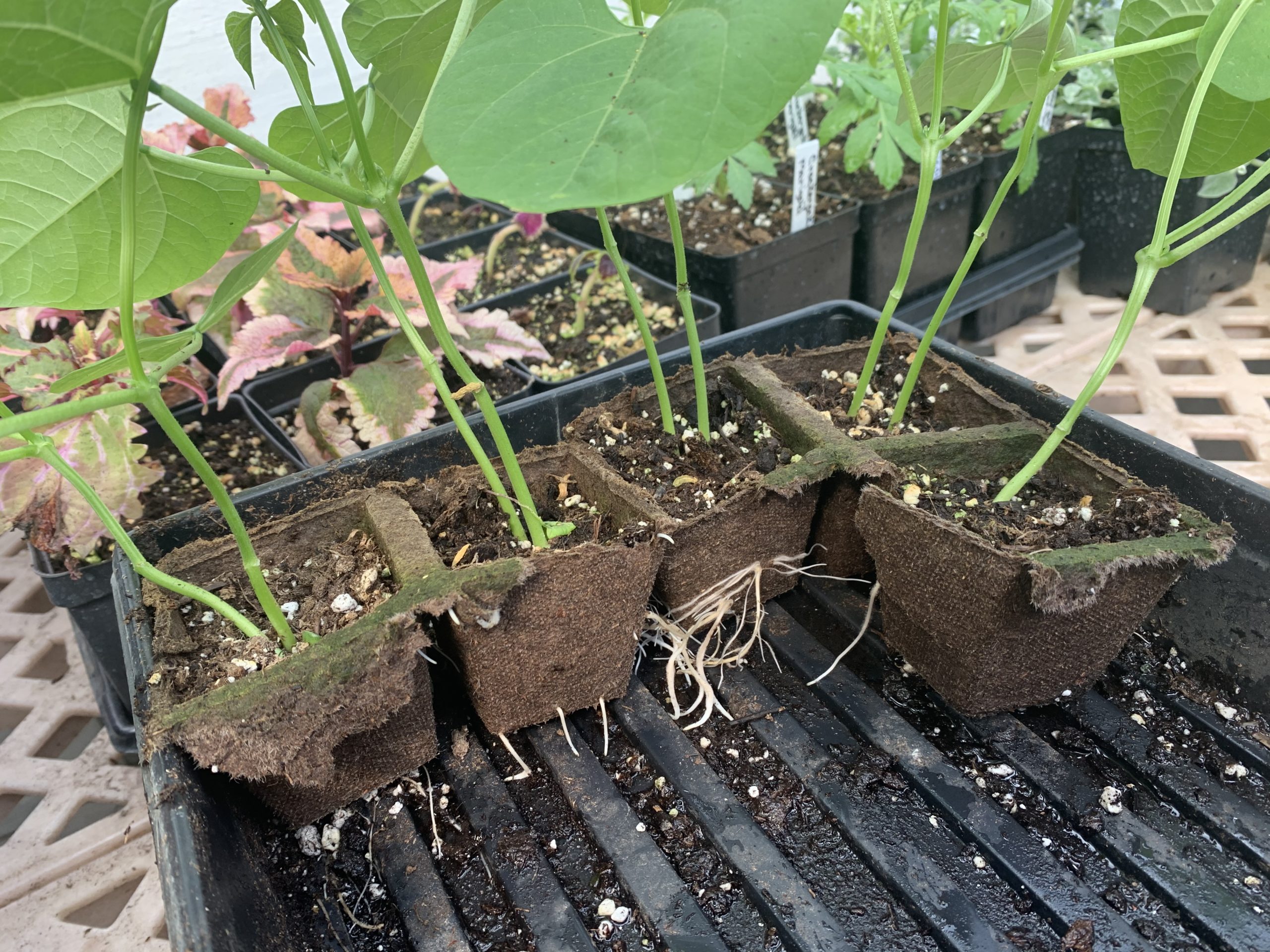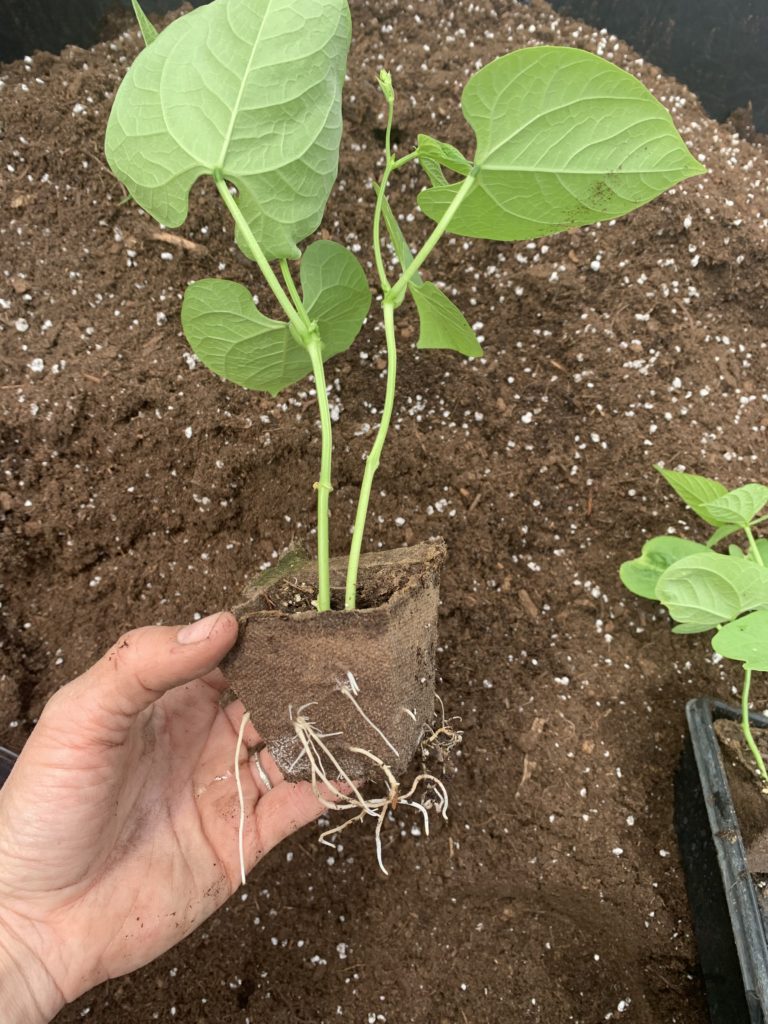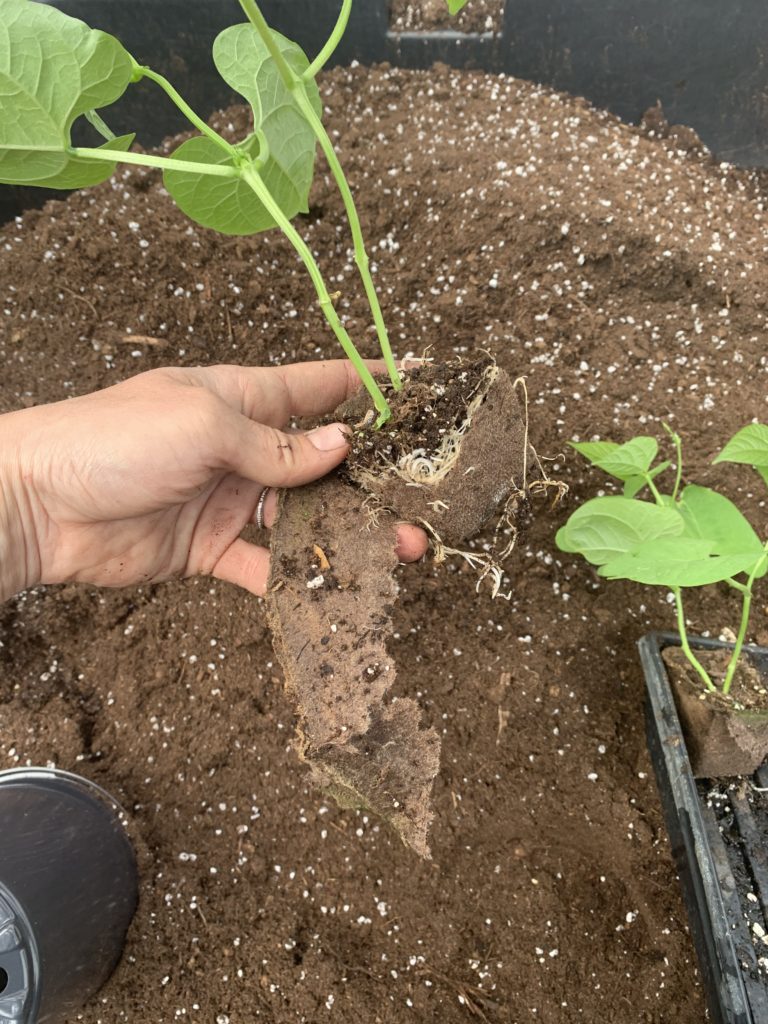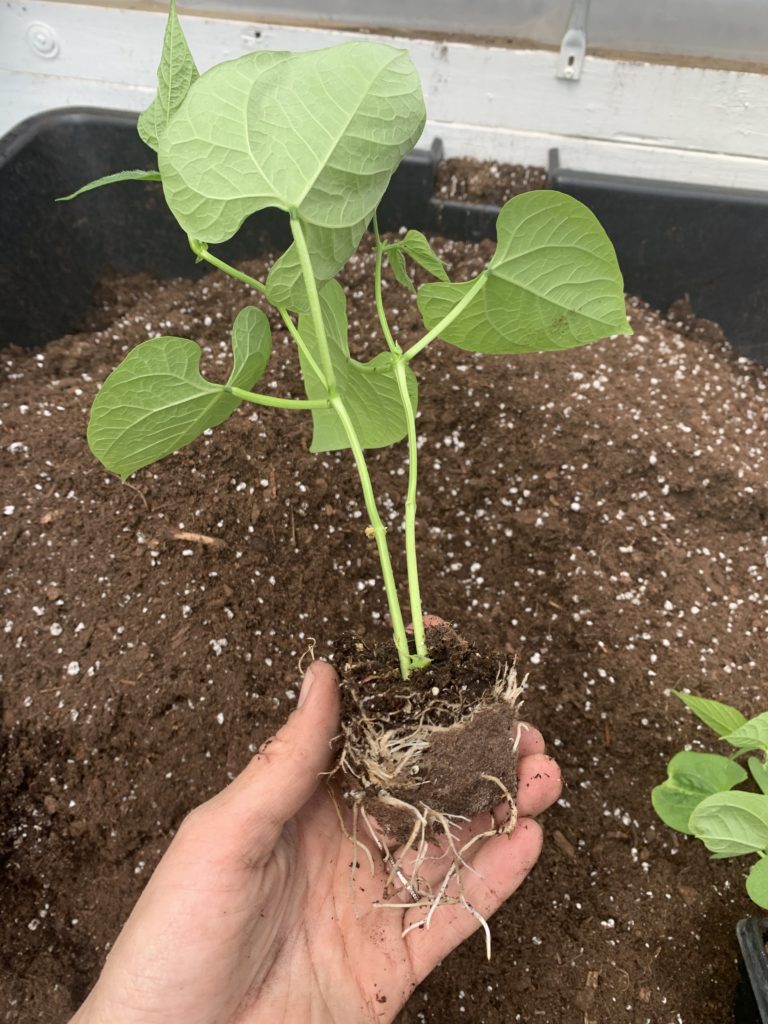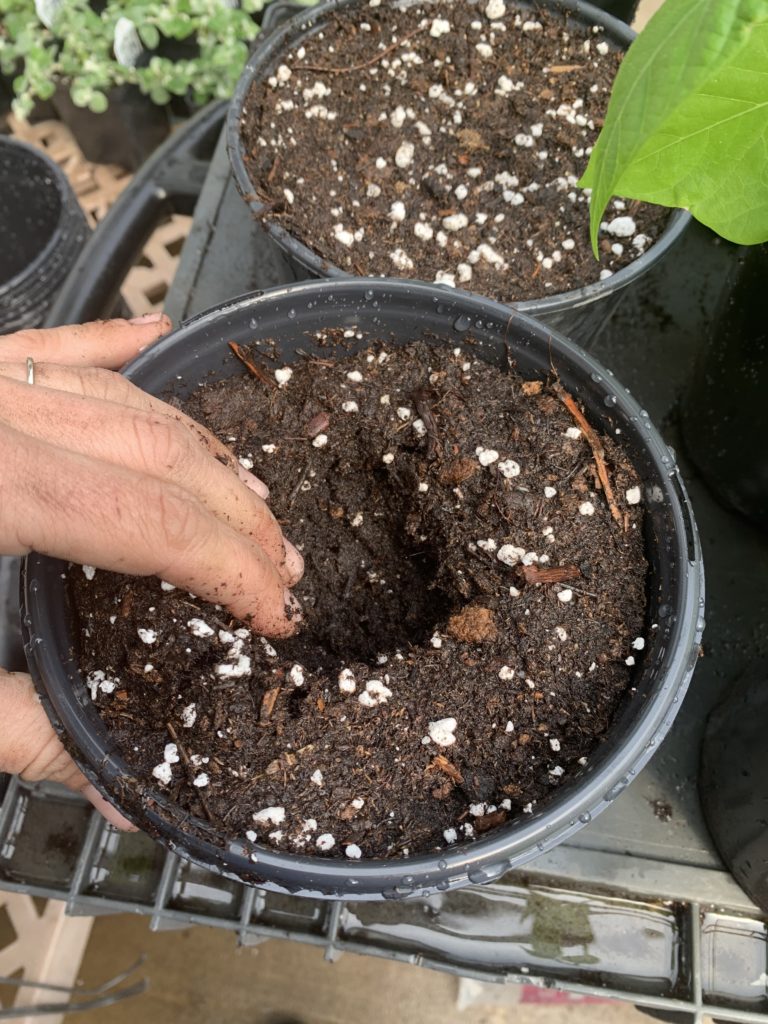How to Handle Peat Starter Plants
There are many different methods to consider when starting vegetable and herb seeds, and we use several approaches here at Piala’s. Some plants do best in sturdy pots with stakes (tomatoes, peppers) and others require more delicate handling of the root system.
Some veggies such as summer squash, winter squash, cucumbers, and beans are very picky about root disturbance. If their roots are overhandled or disturbed during transplant, they won’t grow readily and won’t be as productive. To help avoid this setback, we grow many of these varieties in peat pots that break down and minimize root disturbance. This also helps cut down on unnecessary plastic use, which is an added benefit!
Follow these guidelines when planting peat cell pots:
- Carefully separate the peat cell pots when you make your purchase. If you aren’t going to plant immediately (which is ideal), keep the peat pot damp. Water very gently!
- Fill your large pot or raised bed with appropriate garden or potting soil. Pre-soak the soil before transplant! This is an important step that is often overlooked. This reduces stress on the roots, and also makes the soil easier to work with. Mix in appropriate amendments or fertilizers as needed.
- In the pre-dampened soil, scoop out a hole the size of your peat cell. Vegetables must be planted at the exact same height as in the peat cell. Never deeper! There is one exception to this – tomatoes. Tomatoes can be planted deeper, and this will encourage additional roots to form.
- If there is excess dry peat around the lip of the cell, you can gently peel it off and discard. If not, don’t worry – plant the whole peat cell. It will continue to break down and the roots will grow straight through.
- Gently push the peat cell into the damp soil of your new pot, and gently tap down the soil around it. Water again, carefully.
Enjoy your vegetable garden!
